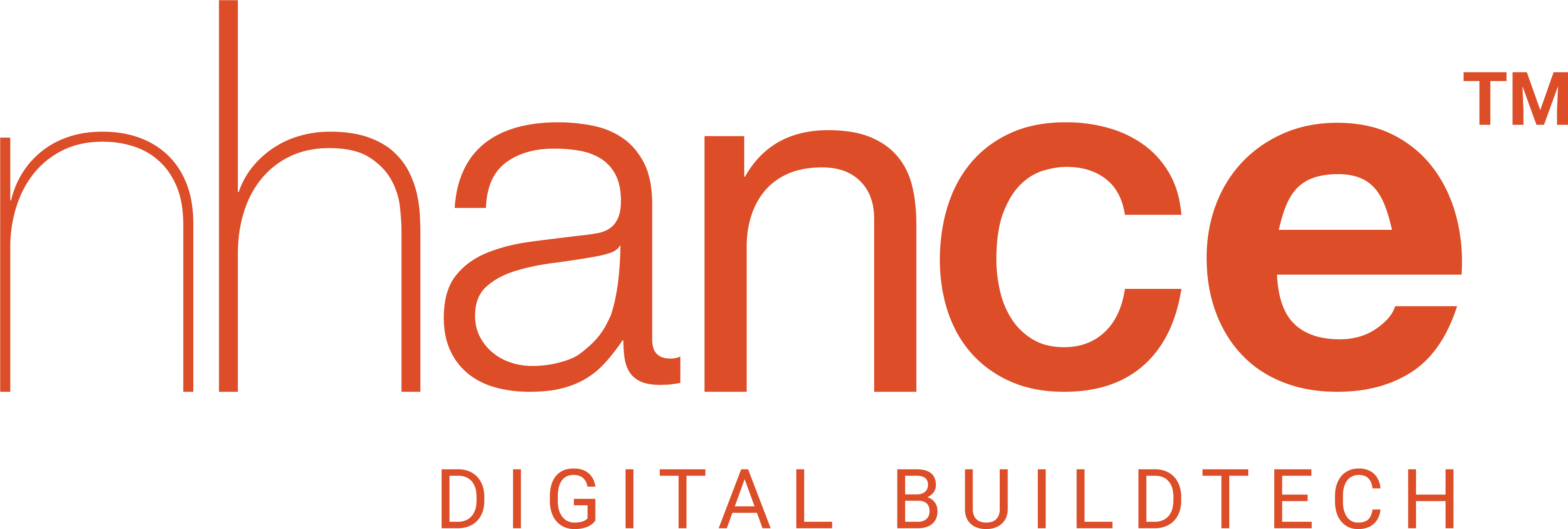In light of climate change mitigation and economic savings, innovations have become crucial for industries across the globe. Stakeholders in commercial real estate are also embracing this trend as the sector is well-placed to drive meaningful change, capitalise on opportunities, and contribute to their energy transition and net-zero goals.
Commercial real estate contributes significantly to global greenhouse gas emissions, making sustainability imperative. The sector uses 35% of the globally produced energy, and nearly 37% of the world’s CO2 emissions in 2020 (UNEP, IEA 2021) were traceable to energy use in buildings, which increased by around 5% to 10 Gt in 2021.
Digital Twin can assist the sector in its goal to become ecologically responsible, energy-efficient, and a provider of healthier spaces.
Driving Sustainability Using Digital Twin
Through real-time analytics on energy efficiency, sustainability-focused building maintenance, and data-driven decision-making, a building can significantly increase its sustainability, value, and ROI. Across the commercial real estate industry, the digital twin is one of the most leveraged innovations to achieve these goals.
The digital twin is the most effective tool to achieve durable and reliable infrastructure. By, using it, investors can boost long-term value while improving decision-making and due diligence in commercial real estate. The open-source nature of collaborating in a virtual world makes the most of expertise from any location to address urgent issues.
The advantages of deploying digital twins for infrastructure, both economically and environmentally, are limitless. Investments in sustainable real estate made possible by digital twin technology allow investors to prioritise sustainability, assess risks, manage them, and produce more profitable outcomes by making data-driven investment decisions for sustainable commercial real estate projects.
Promoting Sustainability With Digital Twin
A digital twin first connects to the physical objects and gathers information from a variety of sources, including wireless sensor networks, embedded equipment sensors, digitised building systems and other cloud services.
Based on the collected data, simulations are produced. The managers can view the exterior and interior of the building and activities of various instalments in the simulation, which is a 3D model of the structure. Simulations can be current as well as future-based. Simulations based on the present will enable real-time corrections, whereas future-based simulations will enable proactive corrections of future crises.
Through an iterative simulation analysis process, building operators can modify the assets depending on the simulation’s findings. They can remove the causes of deterioration, replace energy-intensive systems with more environmentally friendly alternatives, and train staff members to use analytics. The insights from the digital twin can help to control CO2 emissions, noise pollution, and garbage collection and generation to promote sustainability.
Using Digital Twin Technology to Meet Sustainability Goals
Organizations can leverage the following benefits while using Digital Twin to meet their sustainability goals:
Improved Planning: Optimisation can help managers/operators strategize effectively to cut their emissions and capture significant energy savings. The technology can help them find untapped potential for energy and money savings across campus utilities, improve building operations, and generate more ROI.
They can develop more effective designs, lessen the environmental impact, and test everything from noise levels to light and shadow implications by contextualising buildings in their extant locations while allowing designers and architects to manipulate, test, redesign, and rebuild the buildings virtually.
Optimise environmental impact: It can help to measure the temperature and humidity in the area and set the HVAC systems up to make the necessary adjustments in real time. Digital twins can also be used to find waste within a structure and help in its management accordingly.
Using this technology, realtors can safeguard the health and wellbeing of their workforce, and also increase the appeal of their products to eco-consumers. Retrofitting, where new elements are added to the original structure to enhance its functionality, is one of the digital twins’ most notable areas of promise.
Predictive capabilities: Digital twins’ predictive abilities can be used to anticipate future problems and create environmentally friendly solutions, such as ordering maintenance parts in advance, streamlining logistics, and enhancing climate change resilience. It can also help to avoid unnecessary downtime during maintenance or upgradation, save money and lower energy emissions.
The advantages of digital twin technology are gaining a competitive edge, future-proofing assets, and preparing for the complex environment of net zero commitments, regulations, reporting requirements, and incentives across local, national, and international business priorities.
Over and above this, prioritising sustainability remains a business imperative. Hence, implementing sustainable practices as an outcome of the insights from digital twin technology can result in consistent long-term profitability. Digital twins can aid in seeing the invisible, offering owners and operators of assets priceless knowledge to enhance the performance and output of both new and old structures.
Future structures will be built from the ground up using this technology to become effectively connected and intelligent, capturing data and offering services to boost asset value, and tenant retention and to meet sustainability goals.








